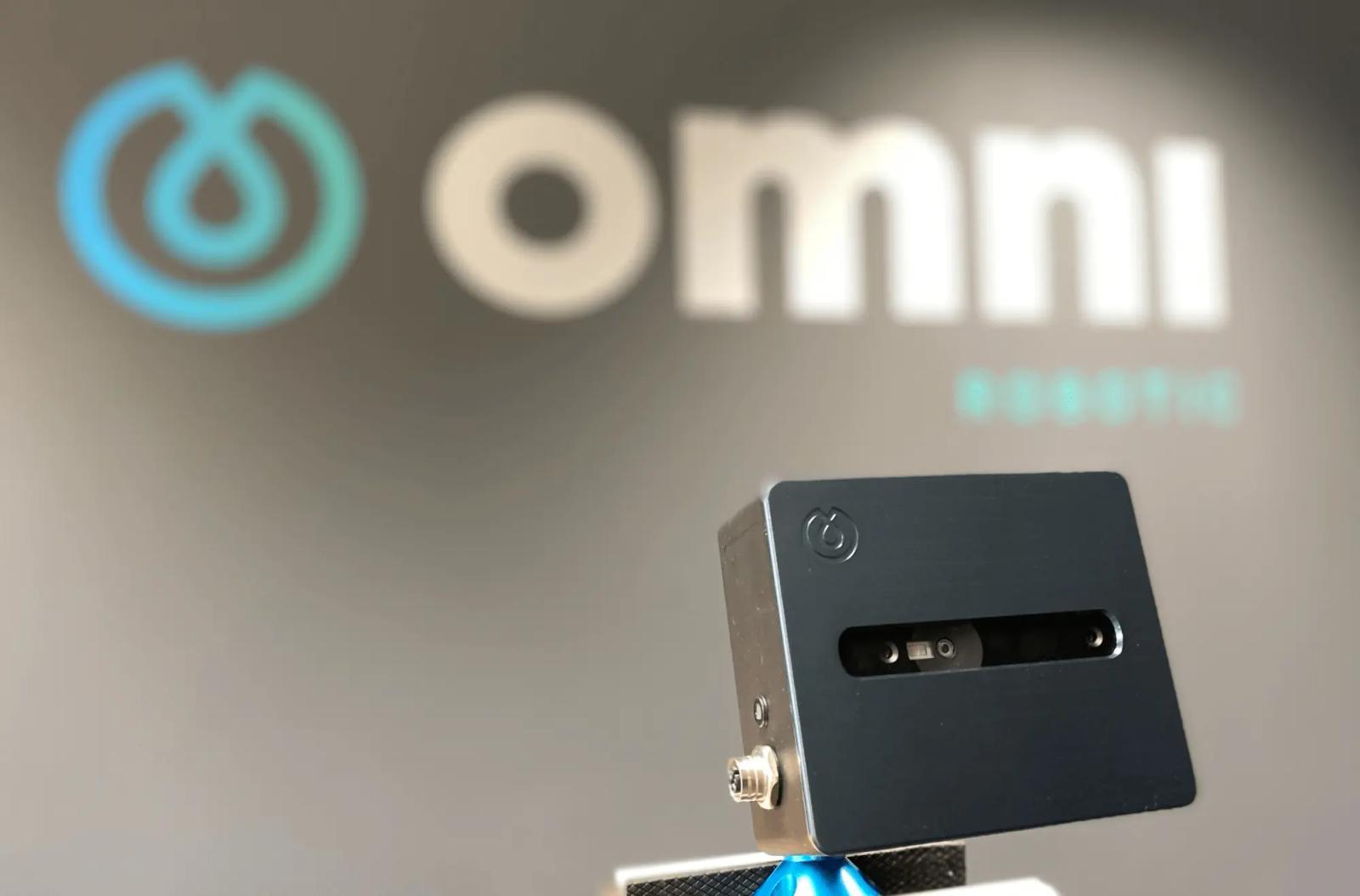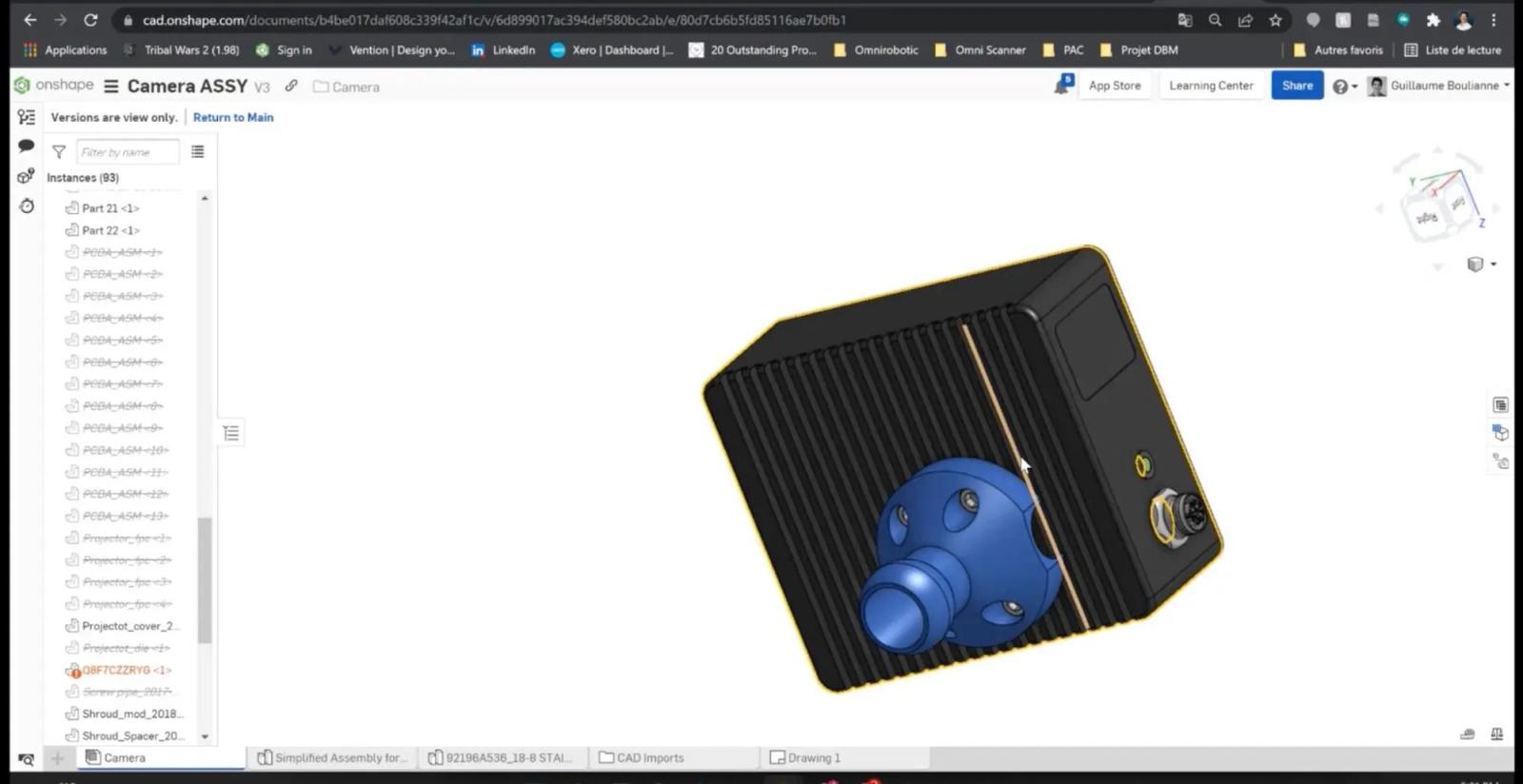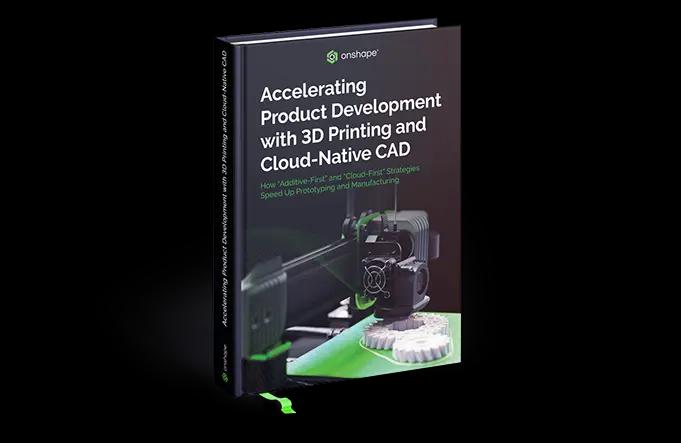
3:34
Although digital CAD prototyping – designing, iterating, testing and marketing products without leaving the computer screen – saves product development teams considerable time, materials and money, it does not completely replace the need to build physical prototypes.
Sometimes no matter how perfect a design might look in a CAD model or rendering, engineers still need to touch, feel and see the real thing.
Based in Quebec, Canada, Omnirobotic is a leading developer of manufacturing automation software for "high-mix" processes, primarily in painting and industrial finishing. By combining existing industrial camera hardware with unique 3D Perception and AI techniques, Omnirobotic’s software platform enables robot cells to “see” and respond to individual parts regardless of size, placement or orientation.
Omnirobotic works with manufacturing partners and system integrators across several industries to “transform any industrial robot into an autonomous, value-adding machine.”
One area in which Omnirobotic engineers use additive manufacturing to accelerate their rapid prototyping for their product design workflow is the housing units for its robotic cameras. Every automation system is a custom job depending on the needs of the manufacturer. Each time the system’s specifications change, the components in the camera units may change as well, requiring adjustments to the camera housing.
Omnirobotic’s “Shape-to-Motion” technology enables robotic cells to “see” and respond to individual parts regardless of size, placement or orientation.

According to Guillaume Boulianne, Engineering Service Manager at Omnirobotic, the robotic camera units for a customized autonomous system might go through dozens of incremental design changes in CAD and a handful of 3D-printed prototypes before the final housing is machined in aluminum.
The cost of plastic printed parts is only a fraction of a machined metal part, but the real savings is in time, says Boulianne.
Omnirobotic uses outside vendors for both its additive manufacturing and machining.
“If we have to machine a part, it often takes at least a month before we get it,” says Boulianne. “But if it’s a 3D-printed part, it just takes a couple of days. So we’re shrinking our lead time and saving big on the cost as well. The 3D-printed parts are functional enough for a demonstration to show our customers.”
Cloud-Native CAD Increases Communication in Rapid Prototyping
The Omnirobotic product development team can instantly share its latest automation system design changes with its external partners using cloud-native Onshape.

To streamline communication with its clients, Omnirobotic uses Onshape, the only cloud-native product development platform to combine a robust CAD system with built-in Product Data Management (PDM) and real-time collaboration tools. Whenever one engineer makes a design change, everyone else on the team instantly sees it.
Boulianne says Onshape delivers significant time savings when communicating with manufacturing partners. Instead of sending screenshots back and forth by email or uploading files to Dropbox or a similar storage site, Omnirobotic is able to instantly send the latest design changes to its clients with Onshape’s Sharing feature.
Once a client has access to the CAD model, they can see updates in real time or later see an edit history of recent design changes. There is no need to keep sending updated versions, sharply reducing the likelihood of human error.
Boulianne adds that Onshape’s unique CAD collaboration features, which are only possible with a cloud-native platform, have also streamlined the entire design process.
“Onshape is just a smarter way of doing 3D modeling. Collaborative design is easier and faster. Everyone can simultaneously work on the same model. Or an engineer can work on their own branch without destroying what someone else is working on,” he says. “It’s hard to say precisely how much time we save, but I’d say we’re at least twice as effective now. Working in the cloud is just a much better way.”
Adopt Agile CAD and Rapid Prototyping

The rapid cycle of 3D printing prototypes, testing them, and incorporating feedback into the next iterations of CAD models is critical for speeding up product development. Want to learn more about how forward-thinking companies leverage additive manufacturing and cloud-native design tools?
Onshape’s new eBook, “Accelerating Product Development with 3D Printing and Cloud-Native CAD,” offers a fresh perspective on how your engineering and manufacturing teams can use these disruptive technologies more effectively together.
Download your free copy today to explore “Additive-First” and “Cloud-First” strategies for transforming your organization!
Accelerating Product Development eBook
Learn how to better implement additive manufacturing & cloud-native product development.
Latest Content

- Case Study
- Industrial Equipment & Machine Design
Reframe Systems: Transforming Homebuilding with Digital Automation and Cloud-Native Onshape
09.25.2025 learn more
- Blog
- Becoming an Expert
- Assemblies
- Simulation
Mastering Kinematics: A Deeper Dive into Onshape Assemblies, Mates, and Simulation
12.11.2025 learn more
- Blog
- Evaluating Onshape
- Learning Center
AI in CAD: How Onshape Makes Intelligence Part of Your Daily Workflow
12.10.2025 learn more
- Blog
- Evaluating Onshape
- Assemblies
- Drawings
- Features
- Parts
- Sketches
- Branching & Merging
- Release Management
- Documents
- Collaboration
Onshape Explained: 17 Features That Define Cloud-Native CAD
12.05.2025 learn more



